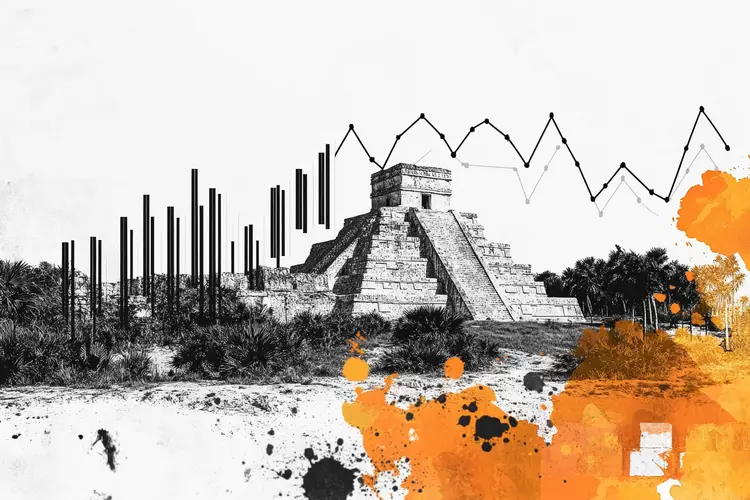The volatility of the Mexican Peso (MXN) has recently come under the spotlight due to escalated trade tensions incited by U.S. tariffs. President Donald Trump’s threats to impose significant tariffs, particularly targeting Mexico and Canada, have sent shockwaves through financial markets, triggering a marked decline in the Peso’s value. As the dollar strengthens against the Peso, the central banking strategies of both the U.S. Federal Reserve (Fed) and Banco de Mexico (Banxico) are juxtaposed, drawing attention to the broader economic ramifications of these developments.
Following Trump’s announcement regarding a potential 25% tariff on goods imported from Mexico, the USD/MXN pair experienced a sharp uptick, reaching levels as high as 20.74. This spike reflects market sentiment amid fears of an impending trade war that could upend Mexico’s already fragile economic recovery. The imposition of tariffs, justified by Trump as a measure to combat fentanyl production, not only threatens to distort trade relations but could also stifle Mexico’s GDP growth.
During the fourth quarter of 2024, Mexico’s GDP contracted by 0.6% on a quarterly basis, which was more than the 0.2% economists had anticipated. Such underperformance suggests that the Mexican economy might face additional hurdles if the tariff threats materialize. The continual pressure from the U.S. raises questions about the resilience of Mexico’s economic recovery.
In response to these economic challenges, Banxico has taken a dovish stance, reducing interest rates by 25 basis points in December. Analysts posit that further rate cuts could emerge, with likelihoods of a 50 basis point reduction being contemplated as a means to invigorate the economy. However, such actions must be balanced against the looming influence of U.S. monetary policy, especially given the Fed’s recent decision to maintain rates between 4.25% and 4.50%.
The differential in policies between the Fed and Banxico leaves the Peso in a precarious position. While the Fed signals a cautious approach to relaxing monetary policy, Banxico is practically compelled to act in a way that supports its worsening economic indicators. This imbalance inherently drives investors to favor the dollar over the Peso, heightening the risk of further depreciation.
Following the raft of unfavorable news, the USD/MXN pair saw a bullish trend that could easily become entrenched if the Peso doesn’t mount a sturdy recovery. Money markets are already pricing in the potential for Banxico’s interest rate cuts against the backdrop of the muted trading environment. The interplay between speculative trading and monetary policy responses will be crucial in determining future trends.
Traders are now eyeing key resistance levels; a return to levels beneath 20.50 could signal a bearish trend developing, whereas lifting above 20.50 would represent a flicker of hope for the Peso. According to technical indicators such as the Relative Strength Index (RSI), the market sentiment appears to slightly favor bears, but vigilance is required as shifts can occur rapidly in the face of new economic data or political developments.
As economic indicators continue to shape the future of the Peso, both U.S. and Mexican data releases will be crucial in informing market sentiment. The upcoming release of the Personal Consumption Expenditures (PCE) Price Index from the U.S. could signal inflationary pressure, influencing the Fed’s outlook and further impacting the USD/MXN pair.
On the other side of the border, Mexican authorities are expected to release figures concerning foreign reserves, an important barometer for financial stability. Should these figures reflect a strong reserve position, it may bolster confidence in the Peso as a more stable currency, providing a counterbalance to the volatility induced by trade tensions.
The future of the Mexican Peso hinges on a confluence of factors ranging from tariff threats and economic performance to varying monetary policies. As the situation unfolds, it becomes increasingly clear that Mexico’s economic stability is precariously tied to the decisions of U.S. policymakers as well as Banxico’s responses to financial pressures. Market participants should remain alert to ongoing developments, anticipating a turbulent ride ahead as economic data and geopolitical considerations continue to evolve. The intricate dance between inflation control, GDP recovery, and currency valuation underscores the inherent complexities of the Peso’s current economic landscape.

